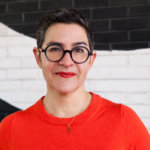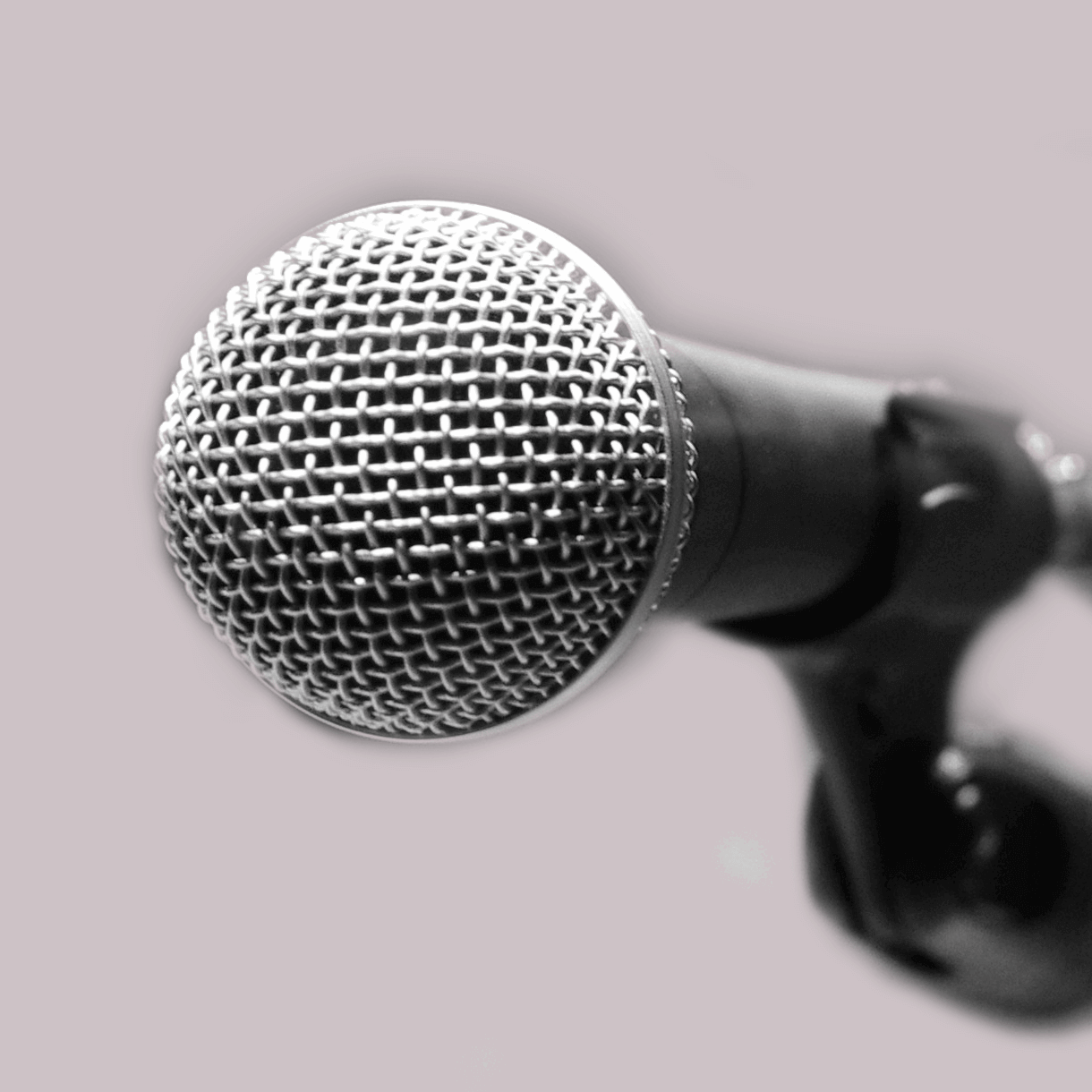Young patrons: A closer look at donors under 40
Recently, the New York chapter of the Association of Fundraising Professionals hosted a terrific event focusing on the younger donor pipeline. Facilitated by Jane McIntosh (Vice President for Philanthropy, Central Park Conservancy), it featured panelists Abigail Healy (Associate Vice President of Membership and Communications, Central Park Conservancy), Kristel Kempin (Coordinator, Individual Giving, Lincoln Center), and Megan Sanko (Senior Development Officer, Wildlife Conservation Society). Each of the three panelists bared all of the details of their young patron’s programs—from strategies, budgets (very low!), and staffing, to the databases and email systems they use. Here are a few takeaways:
Younger donor programs are a long-range strategy. While each of the three organizations featured have specific income and membership targets for their young donor programs, they are a fraction of the organization’s overall operating budget. The expectation is that the program will, in time, surface tomorrow’s major donor or board member, not add significant income in the short-term.
Younger patrons will pay for a good time. These three organizations develop really cool events on shoestring budgets and get very creative with location, food, speakers, and booze. Most have found that an event with a reasonable entrance fee (a $50 or less ticket price) is just as (or more!) successful than a free event. They’re all experimenting with social media, friendraising, and other ways to help millennials connect with each other and their institutions beyond events, too.
Young patrons want a drink. Yep, you heard me. Serve booze. They also want to network, give back, and see the impact of their support. Ask them what they want and they’ll tell you.
Abigail Healy from Central Park Conservancy also talked about her organization’s rebranding as an effective asset to engage younger donors. “Young appeals to young and old,” she said, “but old doesn’t appeal to young.”
If you’re trying to engage millennials as donors don’t miss Blackbaud’s handy research on generational giving, too.




